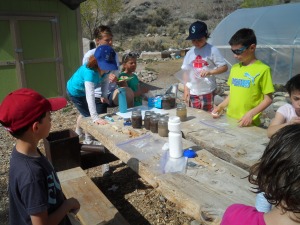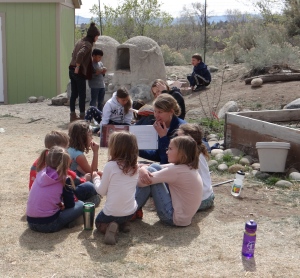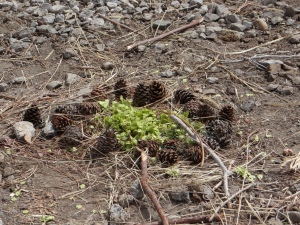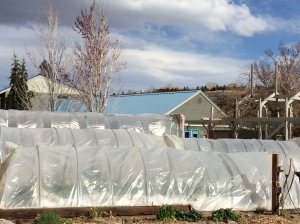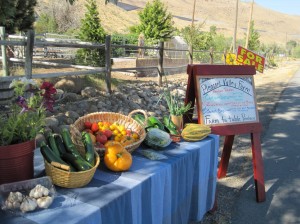As you may know, many of the farms that we have profiled on our blog sell many products, mostly organic food. A few of these farms also offer non-food products that could be used on a daily basis, such as lotions, soaps, candles, home/kitchen products and much more.
I decided to take a look at a few of these farms, and I was surprised to see what these places actually sell. River School Farm sells products for your skin, and Lavender Ridge Farm sells products ranging from skin products to home/kitchen products. And all of the products are organic so they will definitely be able to benefit you. I’ve chosen four products to talk about, as well as a few links to where you can find them on the farms’ respective websites.
River School Farm:

Photo courtesy of River School Farm Market
Moisturizing Calming Cream – This skin cream is used for revitalizing all skin types. The cream is both anti-bacterial and anti-fungal. It is made of 100% of River School Farm’s organic products including coconut oil, beeswax and lavender. You can use it daily to help promote rapid healing, regenerate dry skin cells, reduce skin inflammation and heal blemishes. The skin cream can be refrigerated and used for up to three months.
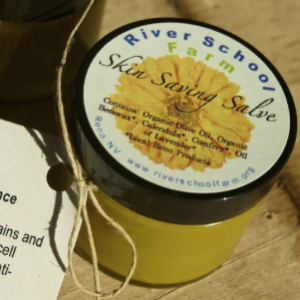
Photo courtesy of River School Farm Market
Skin Saving Salve – River School Farm’s skin saving salve helps keep your skin nice, healthy and vibrant. It can be used to heal cuts, scrapes, bruises, sprains or any kind of rash/abrasion on your skin. It is anti-fungal, anti-bacterial and anti-septic. It helps rejuvenate your skin and can help reduce scar tissue. Each skin salve includes essential oils of lavender, rosemary and frankincense.
Lavender Ridge:

Photo courtesy of lavenderridgereno.com
Lavender Soy Candle – Lavender Ridge’s candles are made with pure soy wax and lavender oil. They are easy on respiration and help sooth the mood in your home if you are feeling stressed out. These candle are also 100% free of any petroleum products. Soy, which is a pure vegetable wax, is able to burn for a very long time compared to petroleum based candles. The candle comes in a convenient 8 oz. container so it won’t take up much space.
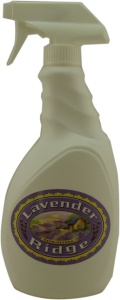
Photo courtesy of lavenderridgereno.com
Hydrosol Spray – Yes, it’s true, there is a spray for your household that is made of lavender. Their lavender hydrosol spray is created by their lavender distillation process. This spray produces a natural cleanser for household areas that is anti-septic and also a non-irritating air freshener. This product is great for cleaning anything that is glass, your countertops, pet areas, the kitchen, the bathroom and much more. Each spray comes in a 24 oz. bottle.
Hopefully you decide to purchase these products and try them out for yourselves. And stay tuned tomorrow for our profile on Lavender Ridge, where we’ll have more information about their products.
Happy shopping!
(All information courtesy of River School Farm and Lavender Ridge Farm.)
River School Farm Market: http://bit.ly/1qu6Ckx
Lavender Ridge Farm Products: http://bit.ly/1iz99Hg
Written by: Alexa Jones







